Patagonia. The name conjures images of impenetrable wilderness; rugged and daunting. It’s a huge area that’s divided by countless channels, fjords, ice-fields, glaciers and the southern end of the mighty Andes mountains, making large parts of the region quite inaccessible. Then there’s the extreme weather. The wind is relentless and can bring with it rain, hail and snow at any time of the day throughout the year. The wind is a dominating factor in Patagonia: through the course of millions of years, it has determined where forests grow, where the glaciers flow and how the vegetation is shaped. All these elements make Patagonia a remote and wild region that is fascinating, awe-inspiring and often bewildering. During my tour of Patagonia, I visited many highlights which absolutely blew me away (quite literally). Here’s an account of my trip and some of the best places to visit in Patagonia:
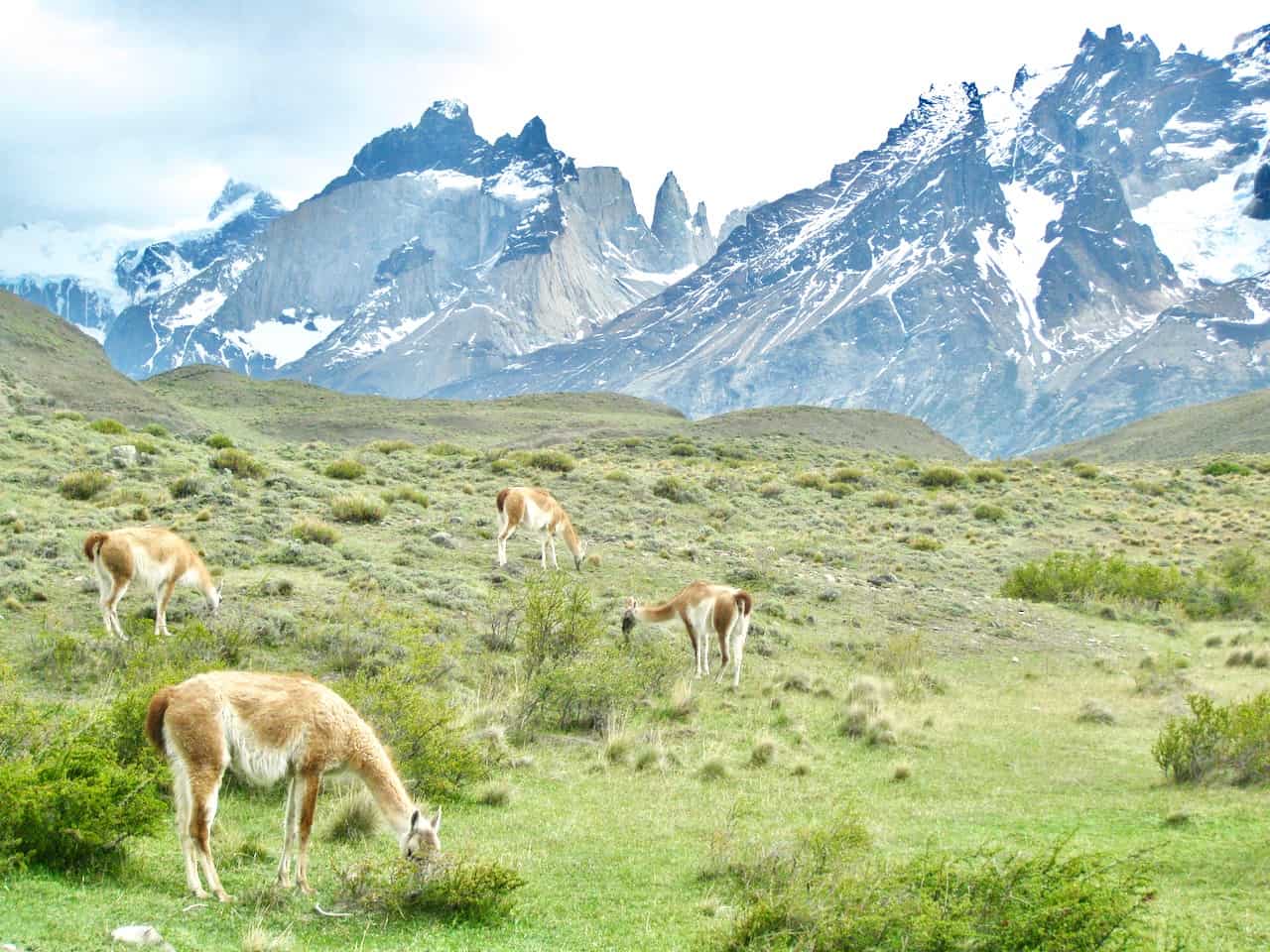
My tour of Patagonia
I flew from Santiago to Punta Arenas (a 3.5 hour flight), a flight that gave me an unforgettable impression of Chile’s geography and geology. It was an incredibly clear day and the pilot basically followed the line of the Andes to the south, treating us to amazing panoramas of the snow-capped mountains, lakes, volcanos, rivers, fjords and glaciers. It was simply breathtaking.
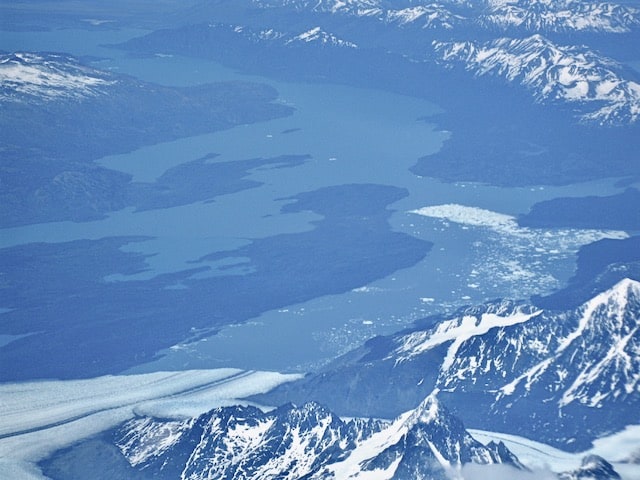
Places to visit in Patagonia
I was prepared for some rough weather in Patagonia but apart from the constant strong wind and the accompanying chill factor, the sky was clear and the sun shone brightly. I was warmly dressed and slathered dollops of sunscreen as I was warned that in the spring, the hole in the ozone layer is directly above Patagonia so the risk of severe burns was very real. Upon arrival, I hopped into a mini-van along with a small group of other tourists for the trip to Puerto Natales (map), about 250 km northwest of Punta Arenas.
Magellanic penguins
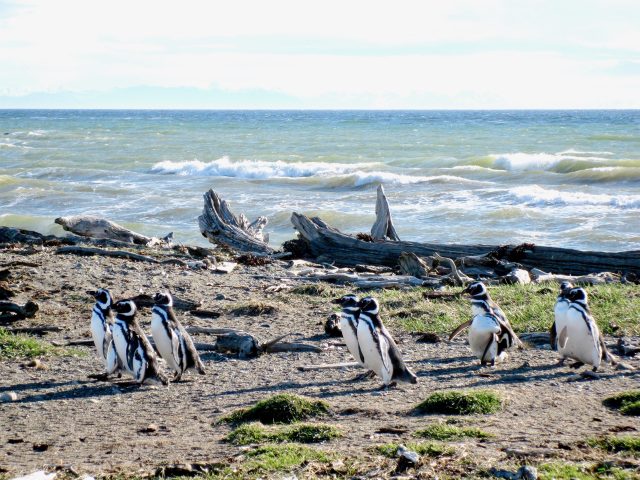
Along the way, we stopped at a colony of Magellanic penguins. We hiked for a tretch along the shoreline and stopped ever so often to observe the penguins from a distance.
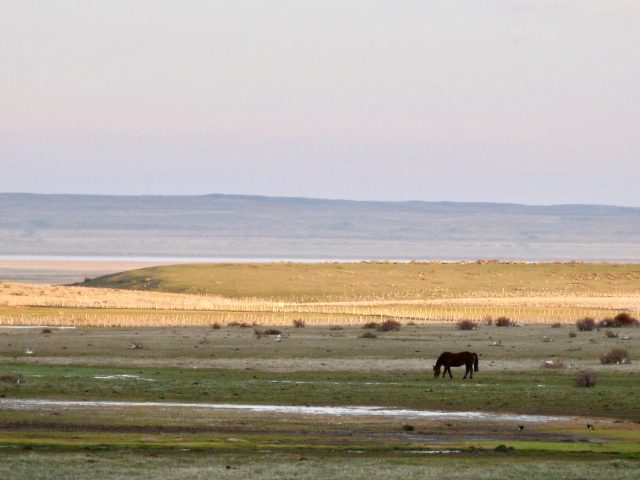
Puerto Natales
The drive to Puerto Natales took us through the massive wind-swept desolate Patagonian steppe. Just low, thick shrubs as far as the eye can see and not a tree in sight. We later passed an area which did have some midget-like trees and all the branches faced one way, in the direction of the wind. The wind here is indeed harsh and incredibly dry (after having dumped all its moisture in the Andes).
We arrived in Puerto Natales in the dark and were dropped off at our hotel: Hotel Indigo (Booking.com). We stepped into the hotel and were just blown away by the interior. Black and different shades of brown constrasted sharply with the white, red and yellow in the cushions and furniture while the black granite floor complemented the wooden walls, windows and doors. Ramps and broad staircases criscrossed the main atrium, some accompanied by cascading streams. And the views of the harbour and the snow-capped mountains in the distance were nothing short of stunning.
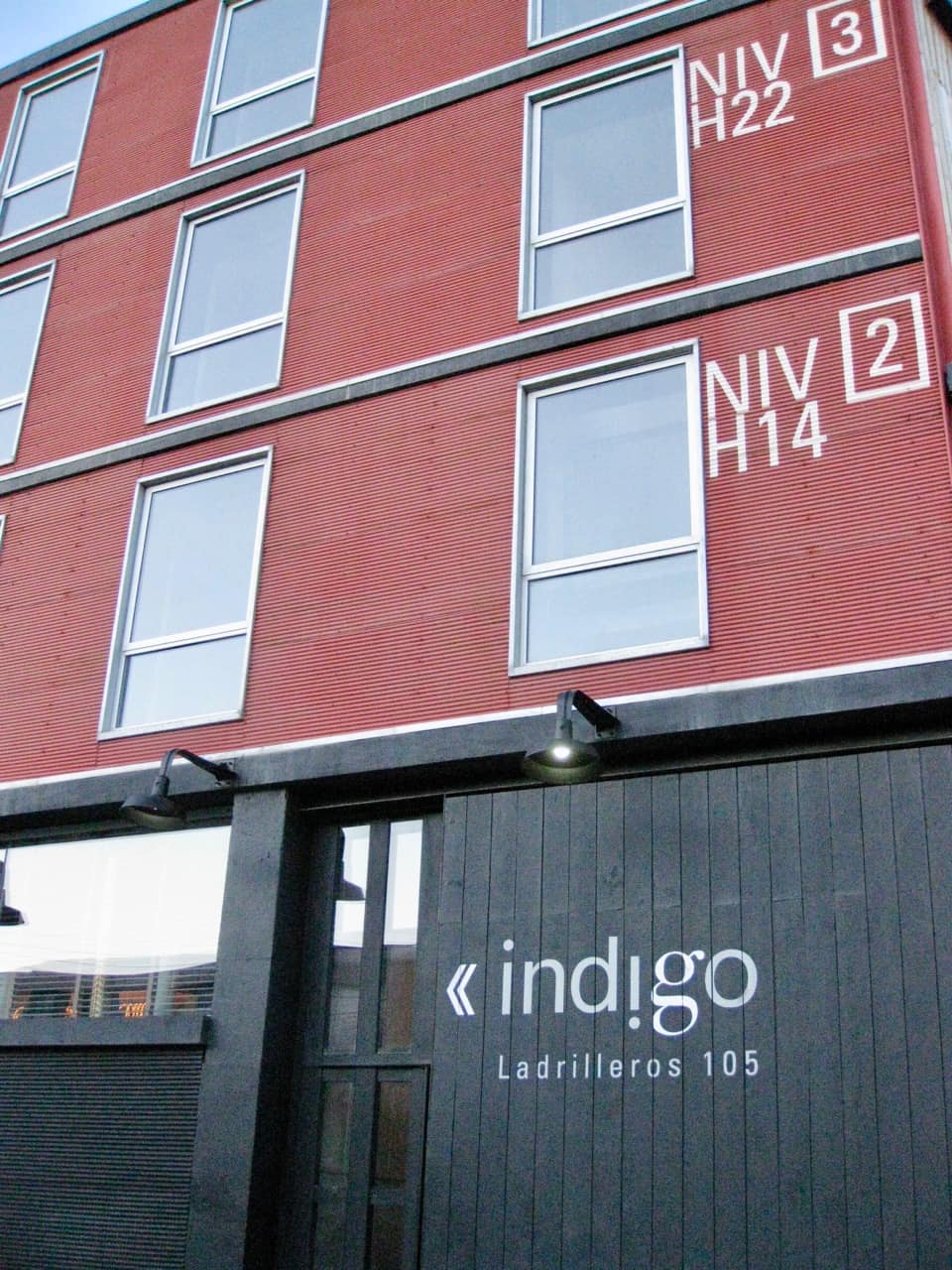
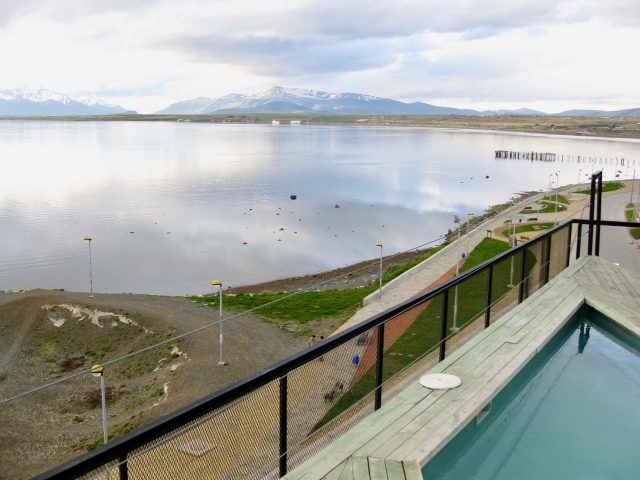
The loungebar was great – large sofas and ditto cushions. We ordered our new favourite drink, pisco sour (the Chilean national drink – which, by the way, originates from Peru – a liquor with lemonade and whipped egg-white and tastes absolutely yummy!), sat back on the comfy sofas and though I was exhausted, I felt very happy.
Los Glaciares National Park
We left Puerto Natales the next morning at 6:30am for the long drive across the border into Argentina to the small town of El Calafate (map) and further to the Perito Moreno glacier. The five hour drive was very scenic. We first drove past the deep blue Seno Ultima Esperanza (Last Hope Sound) – love the name – where huge snowy mountains rise steeply from the water’s edge to heights exceeding 2,500m, their flanks littered with gorgeous waterfalls and cascades. After crossing the border, we continued through the steppe, with its bare hills, gushing streams and aquamarine lakes, while the imposing granite peaks of the Andes formed a constant backdrop. After several hours, we reached Lago Argentino, a huge glacial lake with water that’s a bright turquoise. Here and there, we spotted several icebergs that had broken off from various glaciers that flow into the lake. A stunning sight.
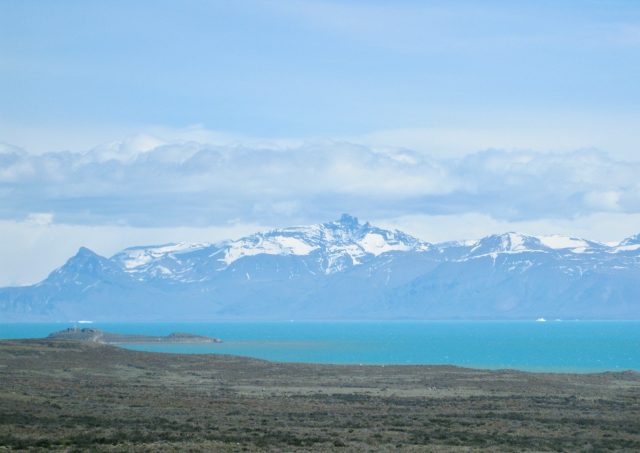
Perito Moreno glacier
We passed the town of El Calafate and drove another 80km to the Perito Moreno glacier (map). The Perito Moreno glacier is located in the Los Glaciares National Park which we saw a day earlier from the plane. The park is huge and includes the Patagonian ice-field, the origin of several massive glaciers, including the Perito Moreno. The drive to the entrance of the park past huge glacial lakes and impressive snow-capped peaks was magnificent. Just when I thought it couldn’t get more spectacular, we rounded a corner and caught our first glimpse of the glacier.
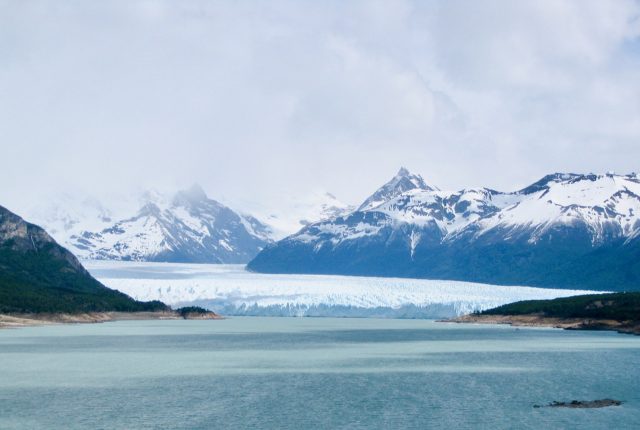
Experiencing the Perito Moreno glacier
To begin with, it’s huge! I’m not sure how long it is but it is four kilometers wide and at its end, it towers 60 – 80 meters high above the lake. The glacier is so huge that it literally divides the huge lake in two: it flows down from the mountain into the lake and hits the opposite shore of the lake, thereby creating a dam. Every so often, the pressure on one side of the lake builds up to such a tremendous level that it breaks through the glacier in a spectacular display of exploding ice – that’s what most people hope to see when they come here but this phenomenon only happens once every few years. Furthermore, the glacier’s surface is not smooth but craggy, giving it a very thorny appearance.
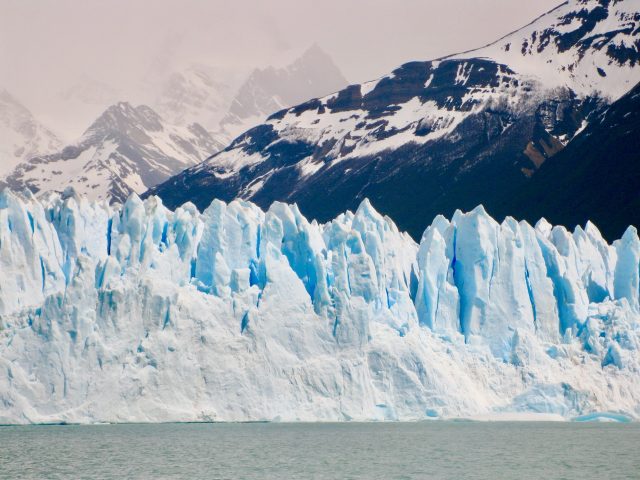

Its colour is just awesome: an icy blue. Plain water does have a colour: it’s blue. Well, not in a glass but when it’s frozen like this, and compressed into a massive glacier, it suddenly becomes very evident! And the blue is just STUNNING!!
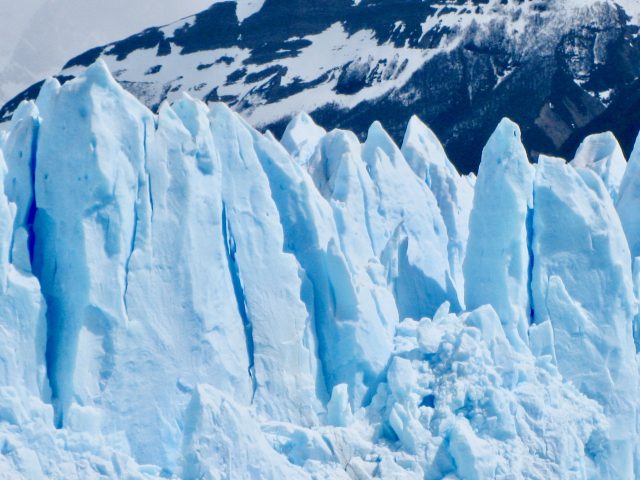
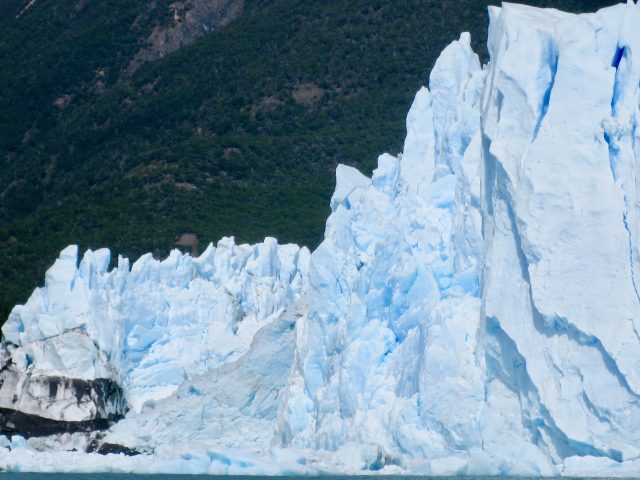
Boat tour to the Perito Merino glacier
The most bewildering thing about this glacier: you can hear it move!! It doesn’t creak or squeak, when it makes a move (you can hear something every few minutes), it releases a thunderous roar that you can hear from miles away. We took a boat ride to the front of the glacier’s wall and we were so lucky. Just as we pulled up to the front of the glacier, we heard a massive cracking sound and all of a sudden, a large piece of the wall just fell away into the lake, sending a big wave heading our way.
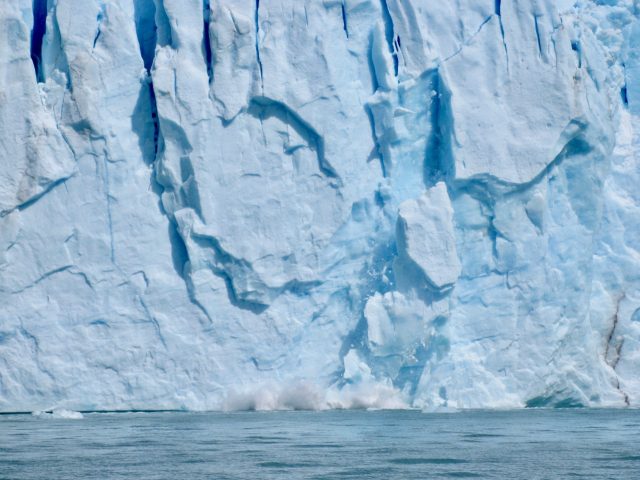
Good thing regulations prevent boats from getting closer than 300 meters because those waves were pretty big. Good thing also that we were in a catamaran which was very stable! Smaller pieces of the wall crashed into the water in the next half hour – I just couldn’t believe these astonishing scenes. It felt so surreal. We were soon surrounded by icebergs and other smaller bits of floating ice. WOW! We spent an hour on the boat cruising along the two kilometer north face of the glacier (the south face is another two kilometers wide), and when we got back to the pier, we went on a walk along the boardwalks which brought us to the front of the glacier that hits the far shore of the lake. Impressive stuff.
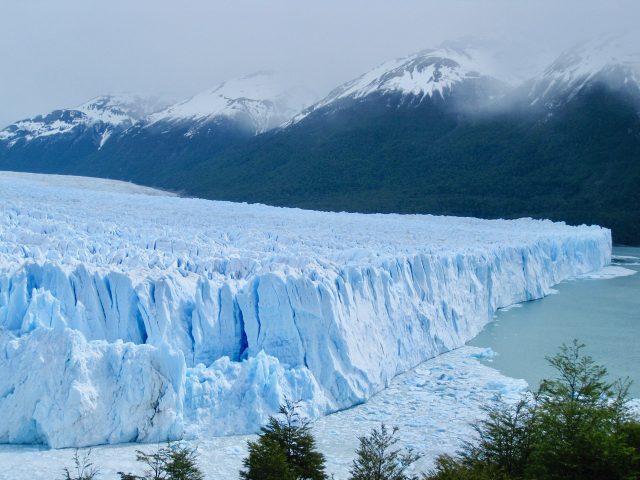
Torres del Paine National Park
After a few days of total relaxation in the charming town of El Calafate (map) in Argentina, we made our way back to Puerto Natales (map) in Chile, where we were treated to another absolute highlight of our Patagonia trip: the Torres del Paine National Park (map). It was another early start, this time at 7am, and we drove northwards from Puerto Natales. It was a glorious day: clear and sunny, but cold and windy.
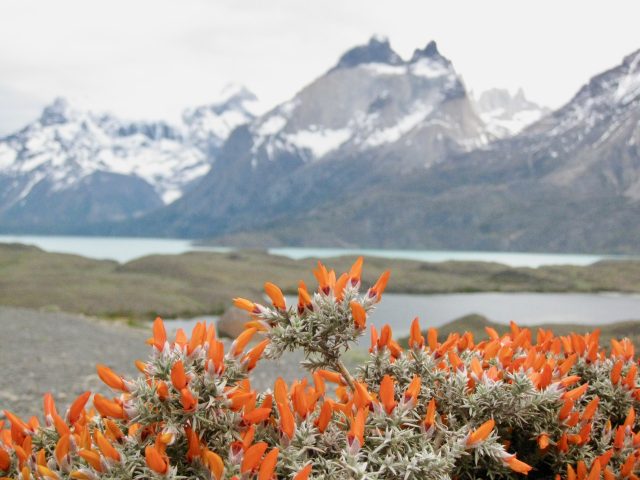
The Torres del Paine NP is one of those few places on Earth that will absolutely blow your mind away. It certainly is one of the top places to visit in Chile. We spent the whole day driving through the park and the scenery along the way was so intense that the superlatives I had in mind weren’t sufficient to describe this place. We saw huge, imposing mountains, with granite faces that rise vertically almost 3,000m (+10,000 feet) high; magnificent jagged peaks that resemble the tips of fountain pens; immense turquoise and dark blue lakes, some littered with gigantic icebergs; eery moss-covered forests; gorgeous alpine meadows; impressive volcanos; massive glaciers; crystal-clear rivers full of salmon and trout; and beautiful waterfalls.
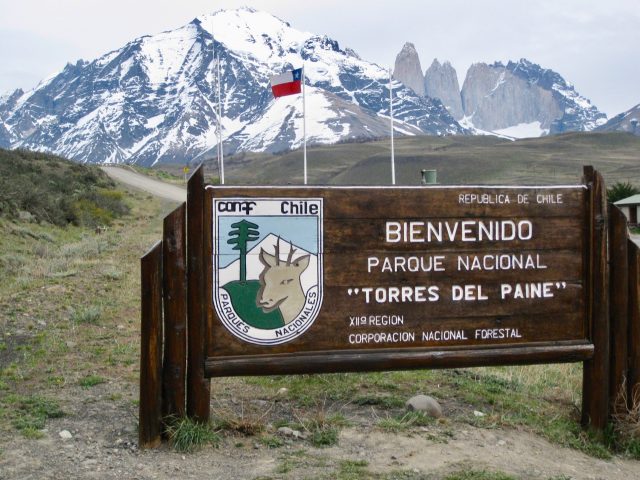
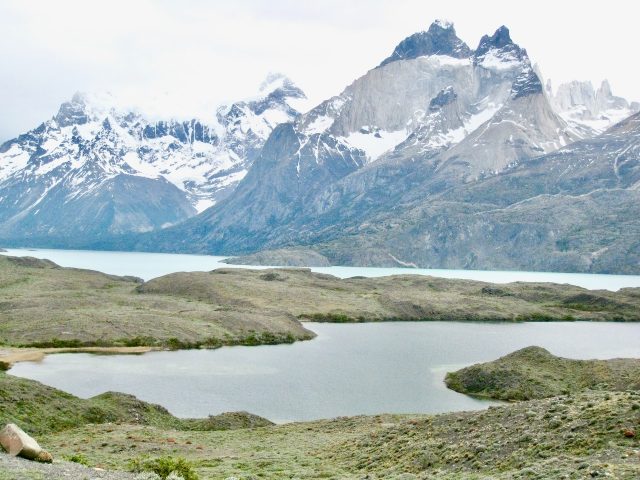
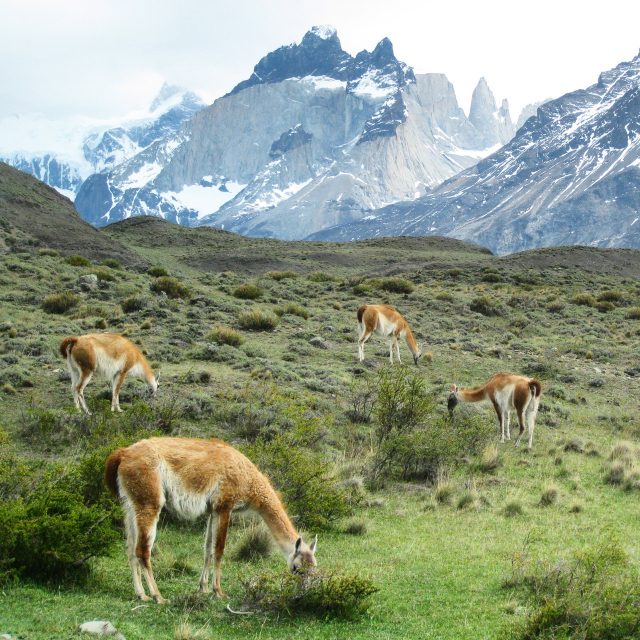
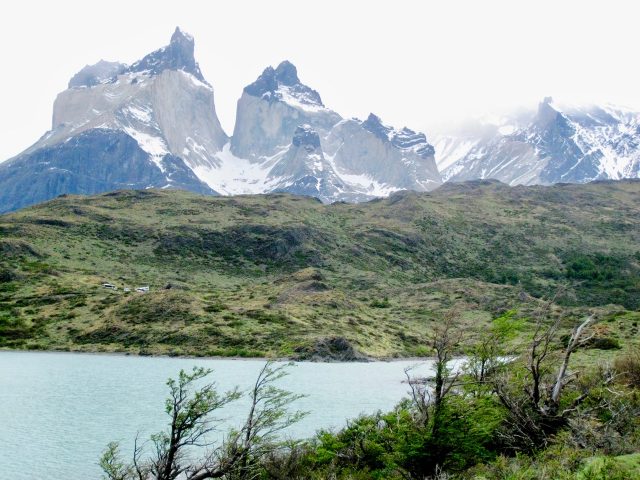
Lago Grey
One of the highlights of this trip was the trek along the shores of Lago Grey (Grey Lake). It’s one of the many lakes in the park but the scenery is simply mind-blowing. Imagine a dark-blue lake surrounded by gigantic mountains on all sides. On the far side of the lake, the Grey glacier lazily meanders down from the lofty cloud-covered peaks of the far reaches of the Andes, depositing huge chunks of electric blue ice into the lake’s dark waters.
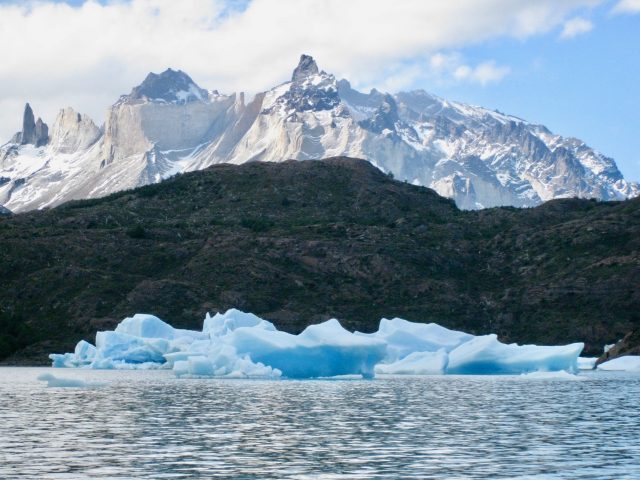
A lake full of icebergs!
I remember my first glimpse of the lake very clearly: the cold wind howled and the clouds cast a dark shadow across much of the lake. A small crack in the clouds allowed a single beam of sunshine through, like a spotlight that lit the edges of the lake. The brilliant blue of the icebergs floating in the lake were illuminated like giant magic crystals – I’ll never forget that sight – whilst in the distance, the awe-inspiring peaks of the Torres del Paine formed a spectacular backdrop.
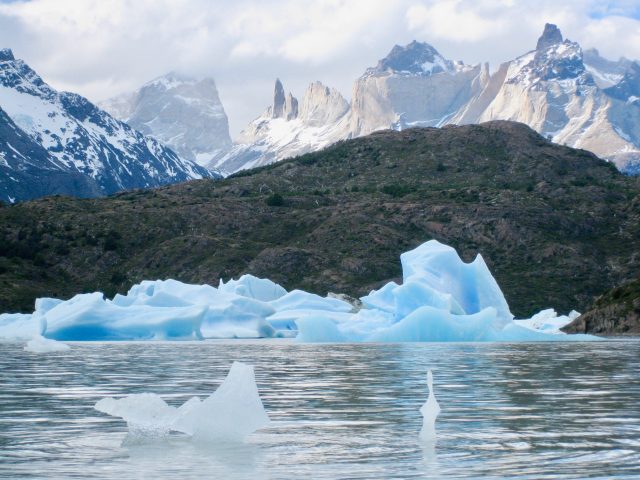
Braving the cold the following morning, I chose to have a cup of coffee out on the hotel’s terrace (everyone thought I’d gone mad). I sat there in complete solitude and listened to the friendly chirping of the birds. I stared at the awesome Torres del Paine mountains and pinched myself several times – yes, this was for real. If, the gods had a home, this must surely be it!
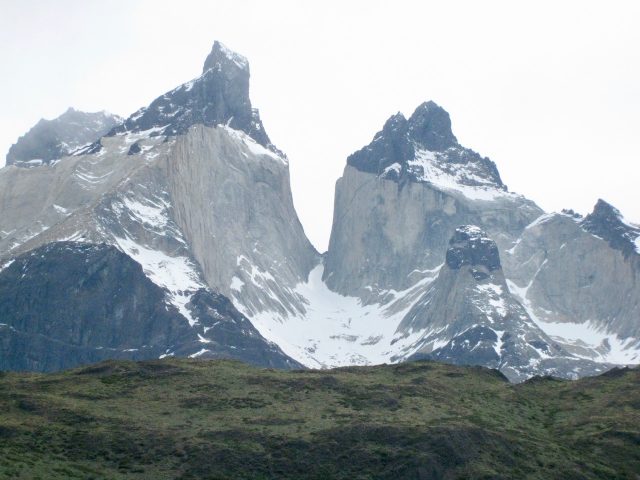
Throughout my travels, I’ve not seen anything so spectacular and magnificent. Yes, landscapes like this exist in places like New Zealand’s South Island but absolutely not on this scale. We spent two days just gaping at the scenery and there were lots of ‘ooohhs’, ‘aahhhs’ and ‘wows’ from the group. Well, let the photos speak for themselves. This place is just incredible. We were very lucky of course because the weather was good throughout most of our two days there and aside from the occasional clouds and showers, we had unobstructed views of the Torres del Paine peaks most of the time.
Seno Ultima Esperanza
The next day, we went for a boat trip along the Seno Ultima Esperanza (or Last Hope Sound – love that name!) to two other glaciers: Balmaceda and Serrano. It was another beautiful day and the trip was just gorgeous. The sound was breathtaking, with mountains rising steeply on both sides to their snow-covered peaks more than 2,000m (+6,000 feet) high; cliffs that harbour a variety of wildlife including sea lions, condors and cormorans; and countless waterfalls and cascades down the mountainsides.
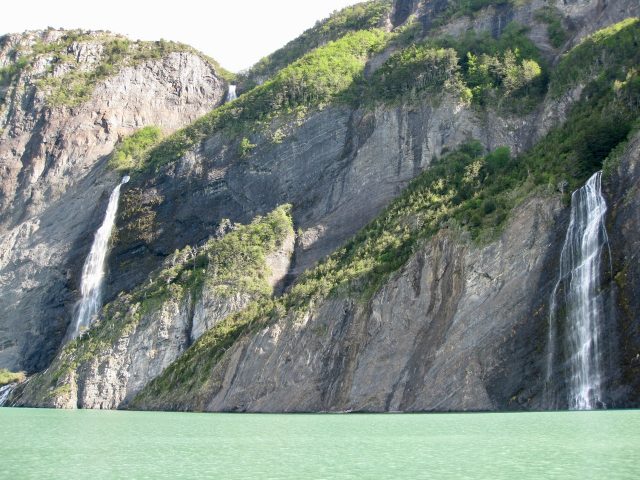
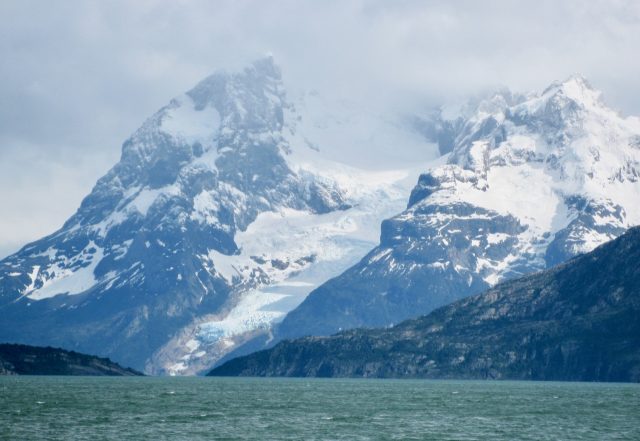
The glaciers were stunning – that icy blue is just magnificent! After cruising past the Balmaceda glacier, we docked near the Serrano glacier and were led through the forest along a series of trails to various look-out points which offered stupendous views of the Serrano glacier and the little icebergs in the lake.
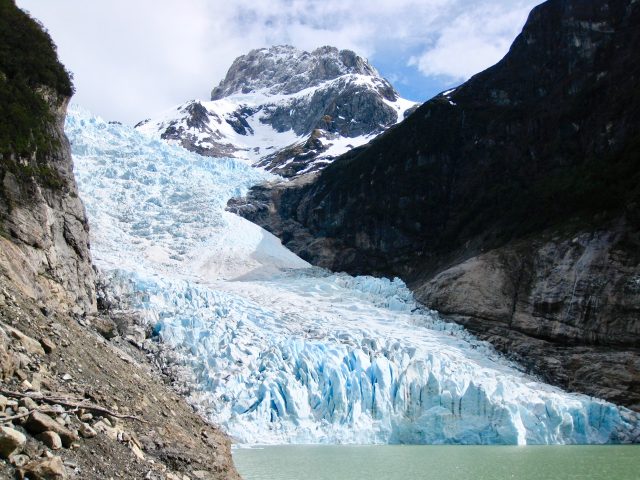
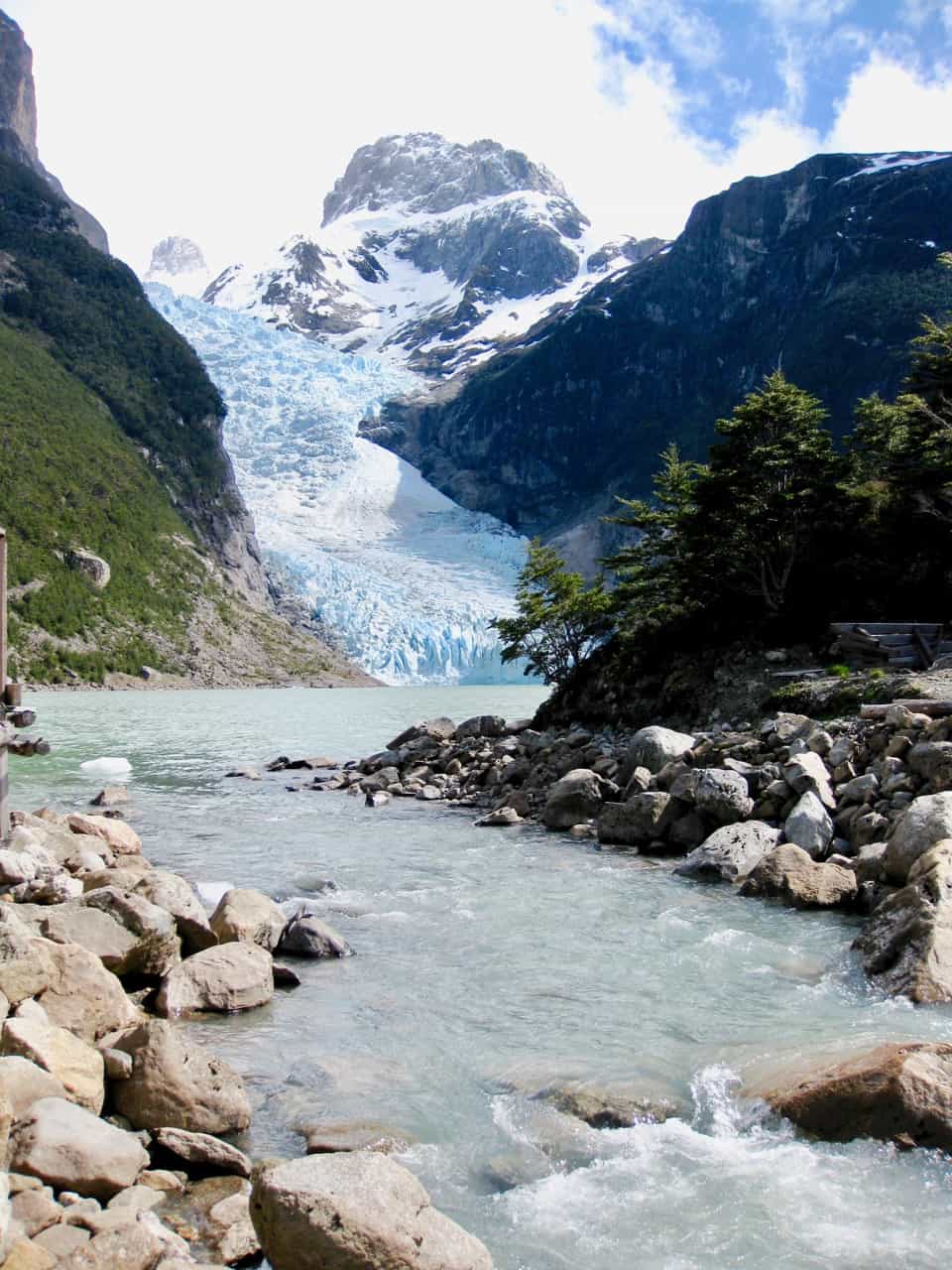
That afternoon, we docked at an estancia (a cattle ranch) where we were treated to a lovely BBQ lunch with heaps of grilled beef, pork, lamb and chicken. Good stuff! As we left the estancia, the weather turned quite suddenly. The sunny sky turned a dark grey in an instant and it started to pour. We were tossed around by big waves and strong winds as we cruised back to Puerto Natales. I’m quite accustomed to bad weather on boats now 🙂 so I just shrugged it off and fell asleep!
Punta Arenas
When we reached Puerto Natales, we were taken to the bus terminal where we boarded a regular bus to Punta Arenas (map). Punta Arenas is the southernmost city on the American continent. Located on the shores of the Strait of Magellan, the city is really interesting and colourful and boasts an amazing history of pioneers, immigrants, booms and busts and Antartic explorers. By the time we arrived in Punta Arenas (about a three hour bus ride from Puerto Natales), it was dark and very cold and windy, and we were totally exhausted. We checked into our hotel, Cabo de Hornos, which faces the town’s main square. After a quick dinner, I was glad to just climb into a nice warm bed and doze off.
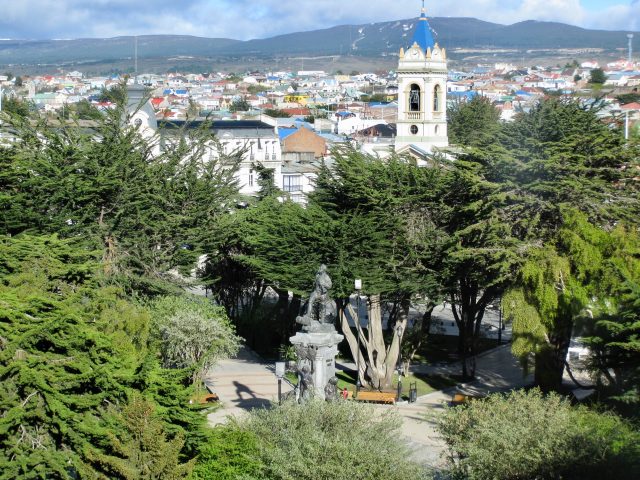
Things to see in Punta Arenas
The next morning, we were taken on a short tour of Punta Arenas, a very pleasant city. I especially loved the brightly coloured houses and the broad avenues. We were driven up to a viewpoint where we had a brilliant view of the city, the dark blue Strait of Magellan and Tierra del Fuego in the distance. From here, it really did feel like we were at the ‘end of the world’ as the tourism office here proclaims.
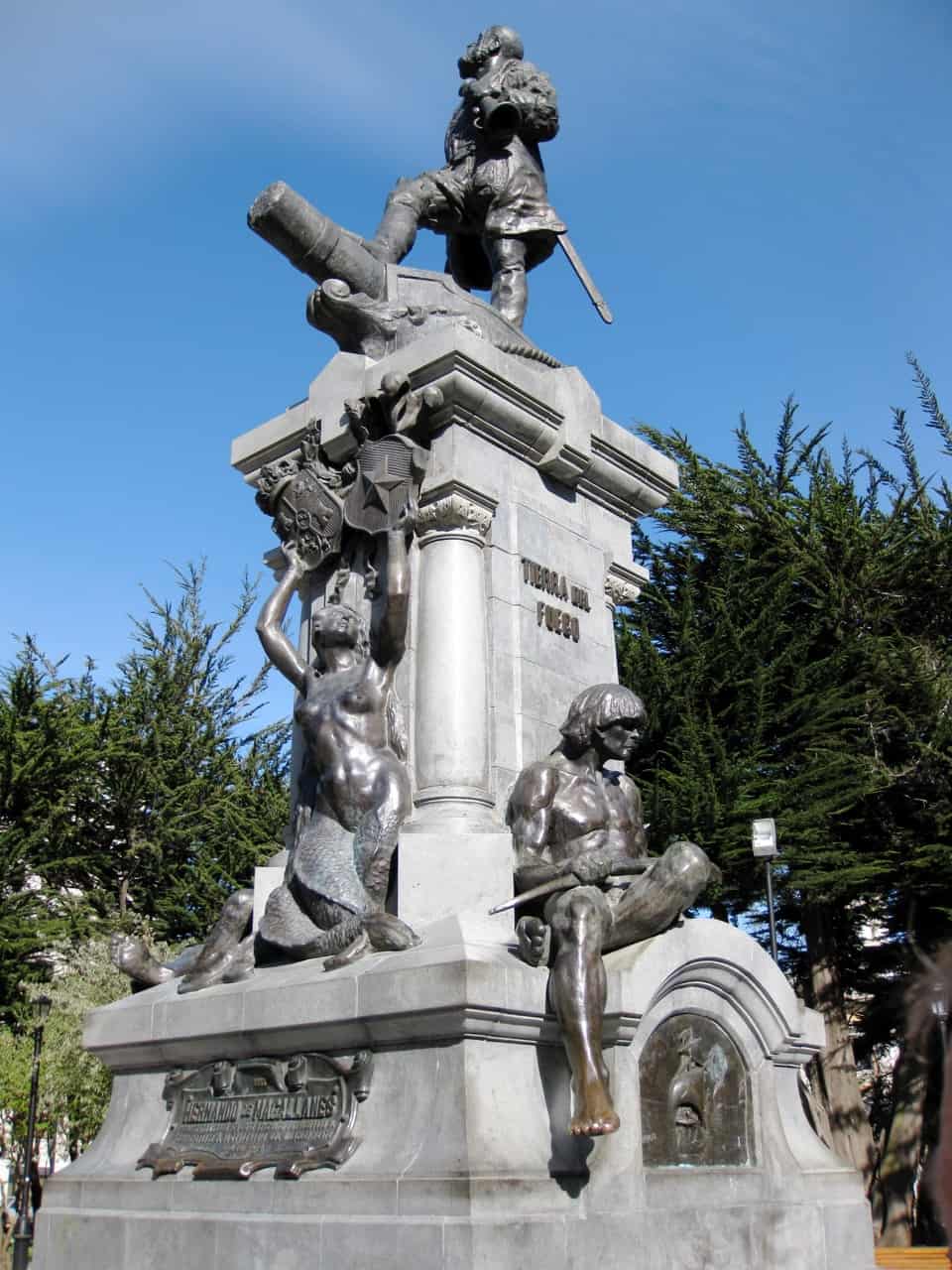
After the viewpoint, we went to the Salesian museum where we had a great overview of the city’s history. Fascinating, albeit dusty, place filled with the adventures and haunting stories of the city’s earliest inhabitants. The highlight of the tour was the city’s cemetery. Morbid, no. Stunning, yes! The cemetery was opened in the late 19th century by one of the city’s richest citizens, a wool baroness by the name of Sara Braun. Her tomb and that of her husband’s are absolutely impressive. The other tombs (little houses where whole families are laid to rest) were really beautiful – I loved the manicured trees too.
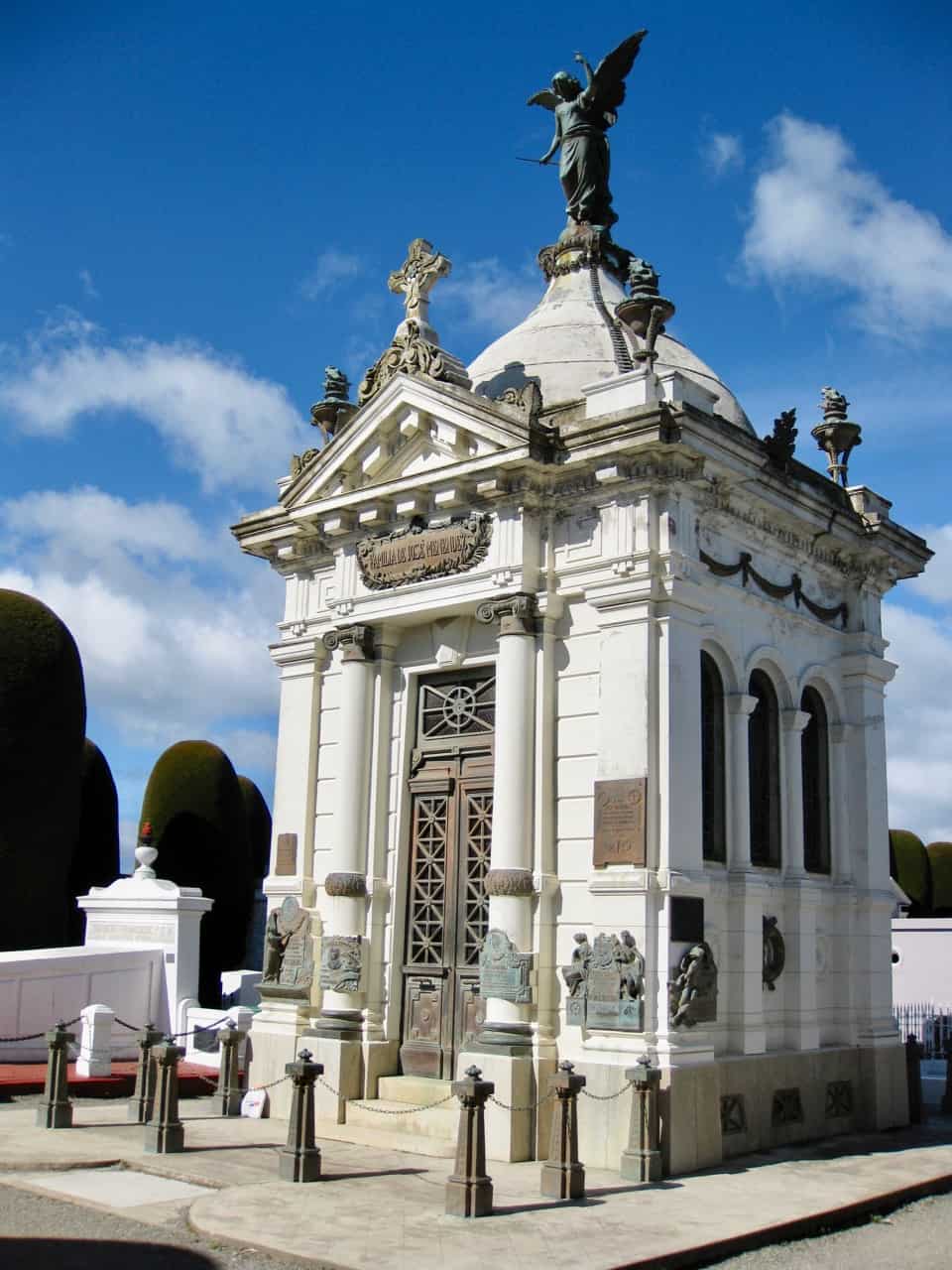
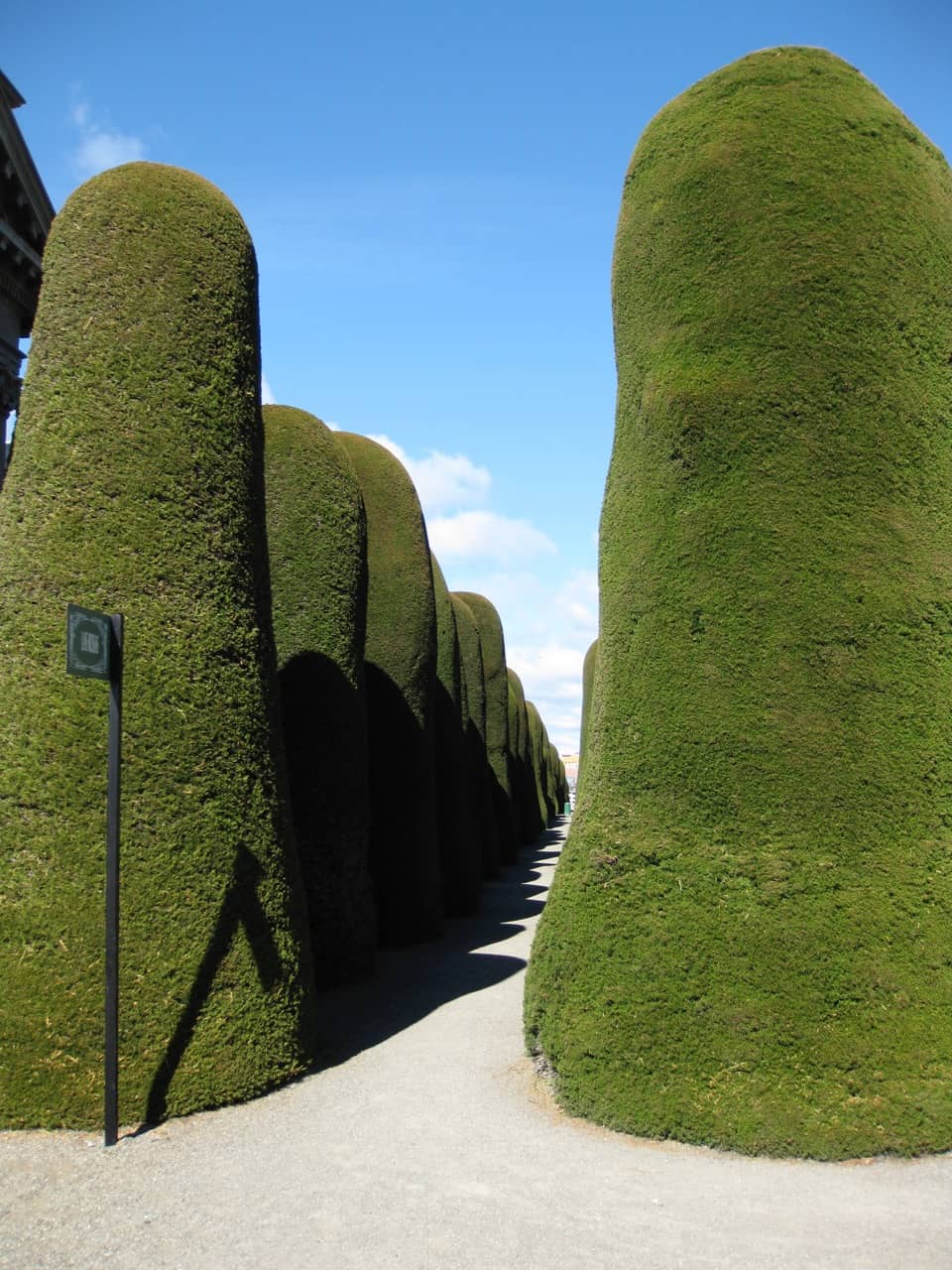
That evening, we had a scrumptious dinner at Remezón, where we got a taste of Patagonian cuisine. That’s another highlight of Punta Arenas: its fabulous cuisine. There are various top-notch restaurants in the city but Remezón was my favourite. The fresh seafood and local Patagonian meats were simply superb. AND they’re especially generous with their pisco sour! 🙂

I feel so privileged that I’ve been able to witness the immaculate nature of Patagonia. My memories of this bewildering region will be ingrained in my mind forever.

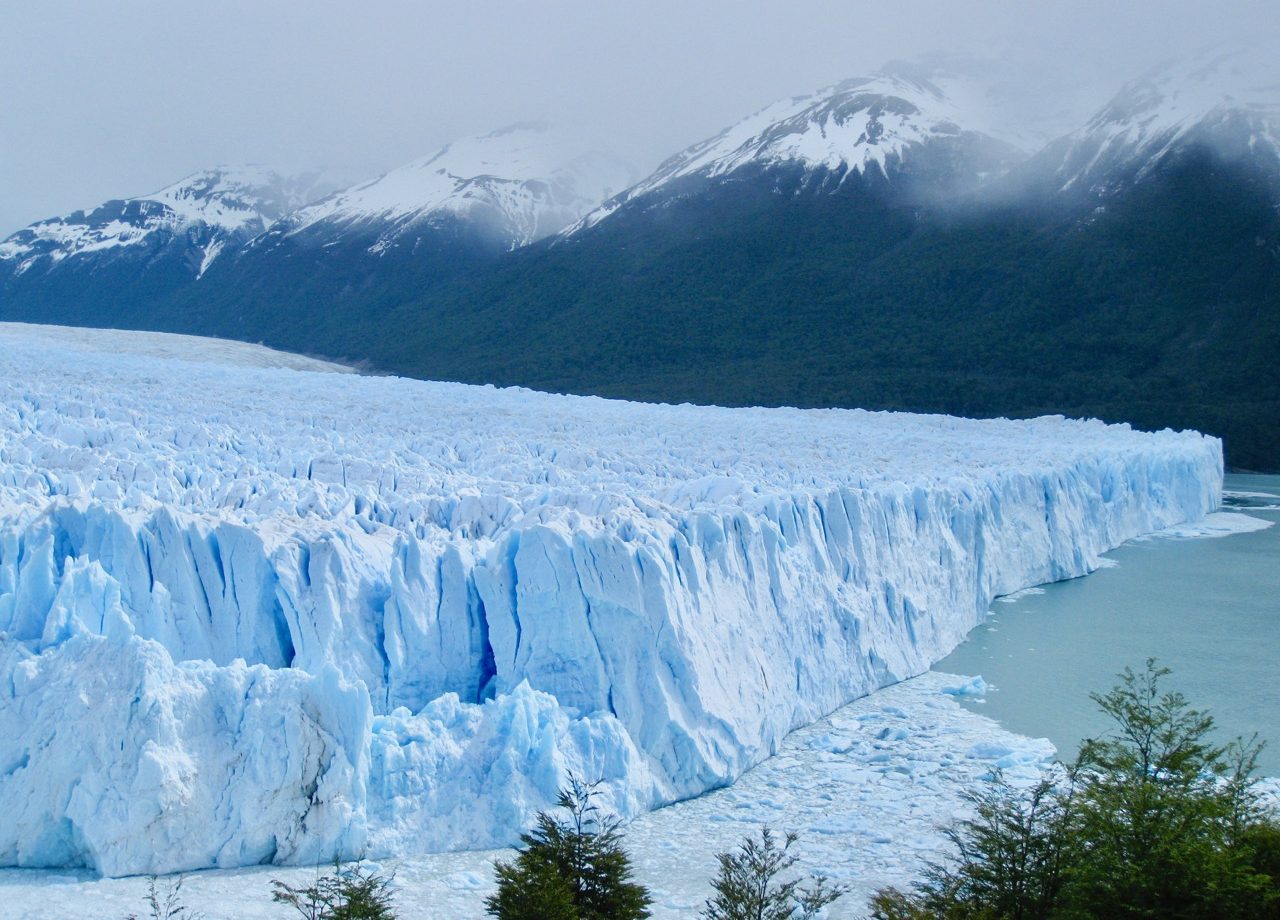

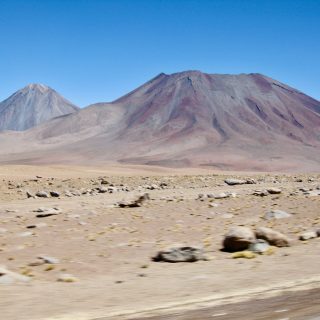
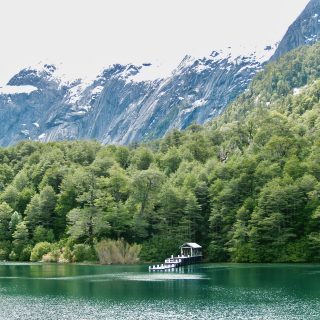
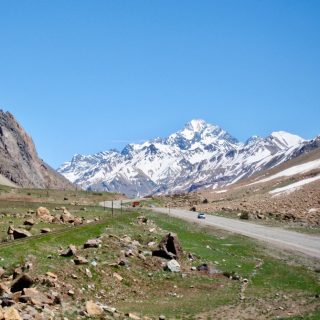
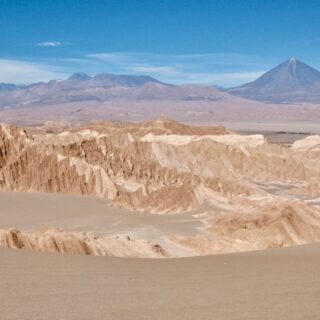






[…] Read about my trip to Patagonia. […]
[…] and often bewildering. Please read the two-part series from my Travel Journal about my trip to Patagonia. I took so many pictures during my trip through Patagonia that I thought it would be a great idea […]
[…] See more photos of Patagonia plane views and read about my trip to Patagonia. […]
[…] Pampas, the stunning Iguazu Falls, the beautiful city of Salta, the mind-blowing nature of Patagonia and the Valdes Peninsula, and the awesome food and wines in […]
[…] Read: “Patagonia: Home of the Gods Part I‘. […]
[…] it seems like ages ago that I was in the deep south of Patagonia. I looked up my itinerary to check the dates and discovered that it was only four days ago that I […]
[…] the accompanying post: ‘Patagonia: Home of the Gods (Part I)‘. Tuesday, June 22nd, 2010 South America TAGS: Argentina, […]
I went there in November and the weather was good. I think late-spring/early summer is a good period to visit.
Cheers,
Keith
Which is the best months to go to southern patagonia? To Punta Arenas, Perito Moreno, Torres del Paine?
Wow, that is amazing. I would love to see such ice. Definitely on the wish list!
Aaron
[…] two-part series of an article from my Travel Journal. If you missed Part I yesterday, please click here to read about my trip to the Perito Moreno glacier in […]
Thank you Abi & Robert for your lovely comments. It’s not hard to be passionate about a region that is so magnificent. 🙂
Cheers,
Keith
You have definitely expressed your passion about this wonderful place and it’s very infectious! Thanks for the great post. I’d be sure to pass this along to my readers.
Ach…this is the answer to that question that people ask yet that is so hard to answer. Where’s the best place you’ve been? What was your favourite trip?
For me, Patagonia, with Oman a close second.
Thanks for bringing back some memories.